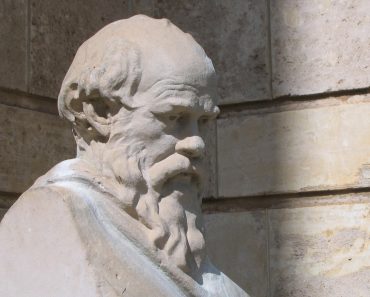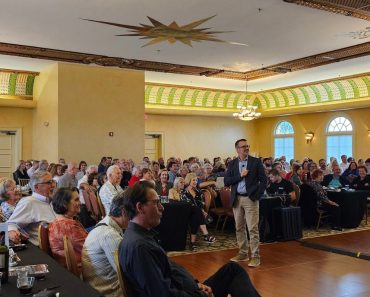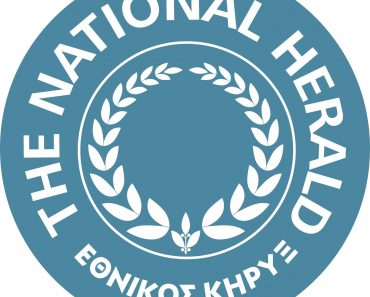
The remains of a 3,500-year-old ancient Egyptian ‘royal fortified rest area’, or ‘retreat, have been discovered by an Egyptian team at the Tel Habwa archaeological site in the Northern Sinai Archaeological Area.
The royal retreat, made of mud brick, is thought to be one of the royal palaces situated near the Eastern Gate of Egypt, most probably constructed to accommodate ancient Egyptian forces, and perhaps even royalty, during the reign of Thutmose III (1,479 to 1,425 BC).
Throughout this era, ancient Egyptian rulers often embarked on military campaigns into the eastern Mediterranean, and traversing the Sinai desert was one of the most common routes used by Egyptian soldiers to access this region.
It was evidently a strategic location for sheltering and provisioning soldiers as they trailed through the Sinai en route to military campaigns, as the site included a royal palace to house the king.
“It is likely that this building had been used as a royal respite due to the architectural planning of the building and the scarcity of pottery fractures [broken pottery] inside,” the Egyptian Ministry of Tourism and Antiquities said in a translated statement shared on their Facebook page. The Egyptian Archaeological Mission, operating at the Tel Habwa (Tharo) Archaeological Site, made this discovery during excavations as part of the Sinai Development Project.
Dr Mohamed Ismail Khaled, Secretary General of the Supreme Council of Archaeology, noted that initial scientific analyses carried out on the artifacts discovered in the building show its origins date back to the reign of King Thutmose III of the Eighteenth Dynasty of the New Kingdom era. The architectural decisions, and the dearth of pottery fragments inside, suggest the structure probably served as a royal retreat.
The building’s blueprint comprises two consecutive rectangular halls, along with several adjoining rooms. The main entrance, found on the north side, leads to the first hall, flanked by three limestone columns.
A second, smaller hall, with entrances on the east and west sides, links to the first hall. This secondary hall features two limestone columns at its center, and stone thresholds mark its entrances. The smaller hall leads to two separate rooms, each facing east and west, and connected to it by entrances positioned opposite each other.
Further, the Egyptian team identified stone thresholds for the room entrances, along with a series of smaller, attached rooms adjacent to the eastern side of the building, reports Live Science.
Professor Ramadan Helmy, Director of the North Sinai Archaeology Region and Head of the Mission, explained that the building’s dating was established through the analysis of stratigraphic layers, pottery fragments found nearby, and the discovery of two inscribed cranes bearing the name of Thutmose III.
These discoveries suggest the structure was used during the king’s military expeditions to expand the Egyptian empire eastward. The building was subsequently fortified with a perimeter wall, which features a main gate facing east.
The 3,500-year-old retreat located at Tel Habwa marks the beginning of the ancient route known as the ‘Horus Road’, as per Egypt’s State Information Service. This historic road, running from Egypt through the Sinai Peninsula and into the Gaza Strip, was strategically important and thus was lined with fortifications and military installations. Tel Habwa, also known as Tharu, now exists as an archaeological site along the Suez Canal in Qantara Sharq, roughly 100 miles northeast of Cairo, reports the Miami Herald.
How was the Ancient Egyptian Retreat Used?
New photographs show the remnants of this ancient retreat, illuminating its significance in understanding ancient Egyptian military history. Archaeologists note that the structure was later fortified and repurposed as a cemetery, with some of the graves containing the remains of children.
It was further discovered that throughout the Third Intermediate Period, from the Twenty-First Dynasty to the Twenty-Fifth Dynasty, the site served as a burial ground, with several types of locally-made pottery unearthed in different layers, indicating the interment of children.
Prior excavation missions uncovered burials within graves built from reused architectural elements, such as lintels, doors, and engraved stone blocks featuring landscapes and royal insignias from the New Kingdom era. However, it has been concluded that all burials, including those from previous seasons, date back to the Third Intermediate Period.
Additionally, three consecutive layers of important buildings dating to the Twenty-Sixth Dynasty have been discovered, along with foundation deposits containing artifacts, including a small painted stela bearing the name of King Amos II, also known as Amazis – one of the late kings of the dynasty.
Professor Spalinger, a professor emeritus of classics and ancient history at the University of Auckland, New Zealand, challenged the findings. Despite his not being involved in the research, he had reservations about definitively attributing the retreat to the reign of Thutmose III, as reported by Live Science.
The professor highlighted that the surrounding stratigraphy indicates later periods, and the presence of a cartouche released by the team also suggests a later timeframe. Spalinger emphasized the necessity for further information to discover the period the building was in use. He further suggested that it is uncertain whether the pharaoh himself used this rest house.







